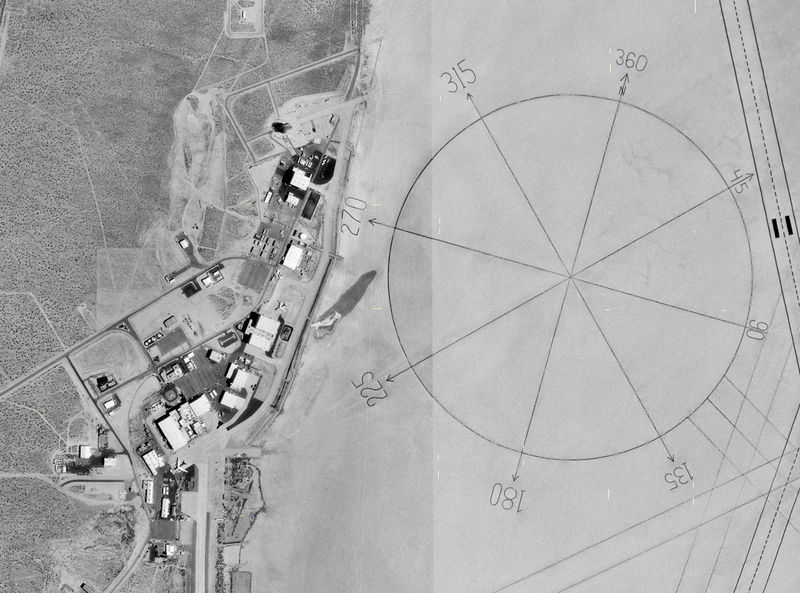The botanical rose dates back to prehistoric times. The ancient Greeks and Romans associated its blossoms with the goddess of love (Aphrodite and Venus, respectively), and early Christians associated it with the Virgin Mary. Considered “the queen of flowers,” it has been widely used as a symbol in classical art and literature, and the word for the flower connotes everything from color, fragrance, and beauty to sexuality, secrecy, and architectural detail.
It’s no accident that a “compass rose” is so named. A compass rose is the icon which represents the cardinal directions on a map or chart. The reference to a “rose” goes back to the shape of the flower and its popularity as a symbol, and the term itself goes back to medieval compass and map makers who used elaborate symbols of orientation on the stylized “roses”: “A fleur-de-lis figure, evolved from the initial T in the north wind’s name Tramontane, is sometimes used to indicate the north direction. Similarly, on old maps the east was marked with an L for Levante, or with a Christian cross indicating the direction of Jerusalem from the point of view of western Europe’s countries” (Wikipedia).
The compass rose evolved from a much earlier “rose of the winds” or “wind rose” which depicted the compass directions of the four winds with individual names such as the west wind Zephyrus and the east wind Eurus. The 32 points of the compass rose are bisections of the directions of the four winds. The modern compass rose usually has two outside rings, the outermost depicting true cardinal directions and the innermost depicting magnetic directions, and the difference between the magnetic heading and the compass heading is known as deviation.
For more on this devious subject, see http://www.islandnet.com/~see/weather/almanac/arc2005/alm05mar.htm, and http://en.wikipedia.org/wiki/Compass_rose.
Posting by Bill Norrington




